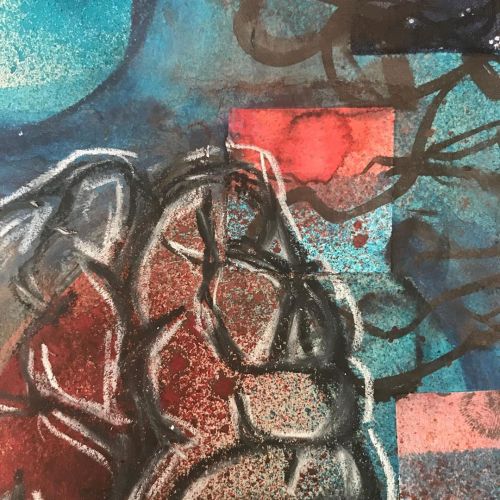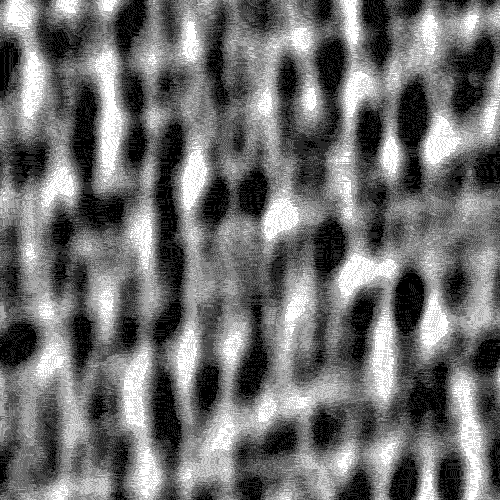#processing
The Performance Grammar Correspondence Hypothesis (PGCH) was put forward by John Hawkins (2004) as an explanation for why grammatical patterns and the frequencies of those patterns cross-linguistically are the way they are.
In essence, it says that linguistic constructions which are easier to process are more likely to be grammaticalised. Conversely, those which are harder to process are less likely to be grammaticalised. Furthermore, processing ease is hypothesised to underlie our preferences for certain constructions over others (where there is competition between constructions) in usage. Linguistic performance thus shapes the grammar.
Hawkins suggests that there are three principles behind the hypothesis. Simplifying horrifically:
Minimise Domains: this basically means make the distance between elements which go together syntactically and semantically as small as possible, e.g. if an adjective goes with a particular noun, put them as close together as possible.
Minimise Forms: this basically means make those elements mentioned above as small and as meaningful as possible, e.g. consider spoken English “I’mma be there” where “I am going to be there” has very much had its form minimised.
Maximise Online Processing: this basically means arrange those elements in such a way that a listener will be able to process the structure of what you’re saying in the most efficient way possible. This involves making structures easier to recognise but also avoiding potential misinterpretations of structure, e.g. “I looked the number up” – consider where you place the “up” as the object gets longer. “I looked the number of my friend who just moved in next door up” vs. “I looked up the number of my friend who just moved in next door”. If the object is going to be very long, it is better to put “up” straight after the verb so that the verb (and its idiomatic meaning) can be recognised sooner. When the object isn’t so long, as in “I looked the number up,” efficiency isn’t greatly affected.
Note that language users flout these principles all the time, e.g. for stylistic effect, and are not consciously aware of them.
Using these three principles, Hawkins’ theory makes some very strong and interesting predictions about the types of patterns found in the languages of the world, and about which patterns are more likely or unlikely to be found.
Reference
Hawkins, J. (2004). Efficiency and Complexity in Grammars. Oxford: Oxford University Press.
“There now, that wasn’t so bad, was it? It’ll just take a minute to take effect and then we’ll proceed…”
Post link
“There’s been a slight change in plans…I’ll be performing your Procedure today, so just relax…and when I’m through…well…I’m sure you’ll Understand
Post link
Journal spread on my desk currently. And a tag. I didn’t ever think I would like tags as much as I do. #artistmama #artjournal #artjournalspread #alwaysmaking #alwayscreating #processing #writing #writeitout #thoughts #glioblastoma
https://www.instagram.com/p/B792nfahVlC/?igshid=1esw1fliisgyc
Post link
When my son was young and in the thick of his #hlhs surgeries, I drew and painted a lot of hearts. Now that my dad is fighting #glioblastoma I’m probably gonna be perfecting my brain drawings. Art reflects life. And this is what’s happening in mine. #artistmama #art #painting #mixedmedia #cancersucks #glio #gbm #processing
https://www.instagram.com/p/B7otU2mBFGy/?igshid=10ick6yk4ajp2
Post link



















